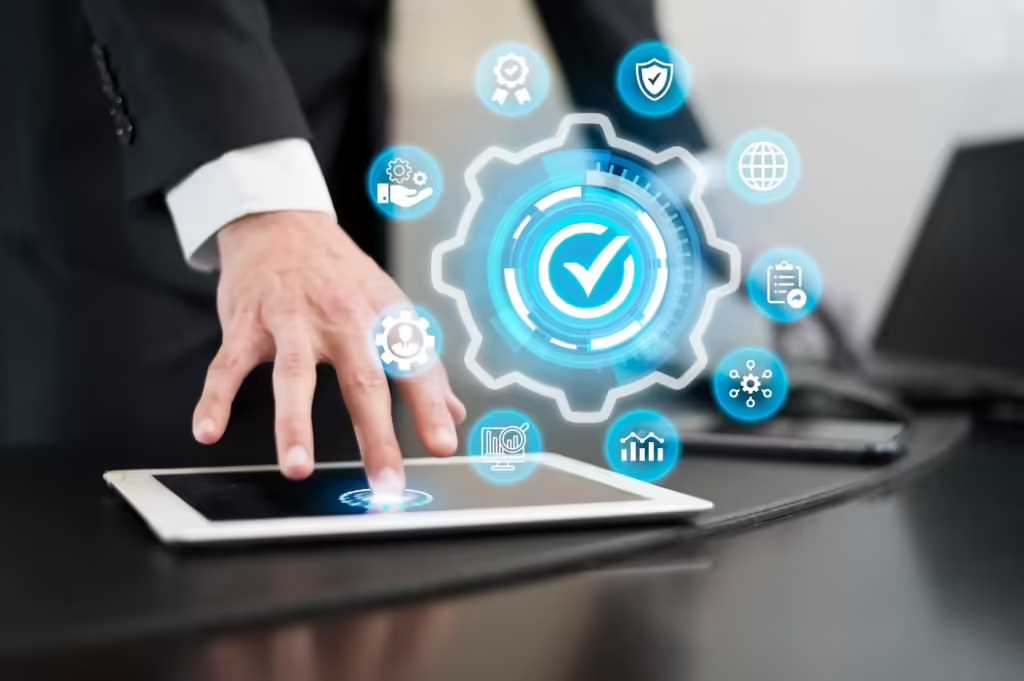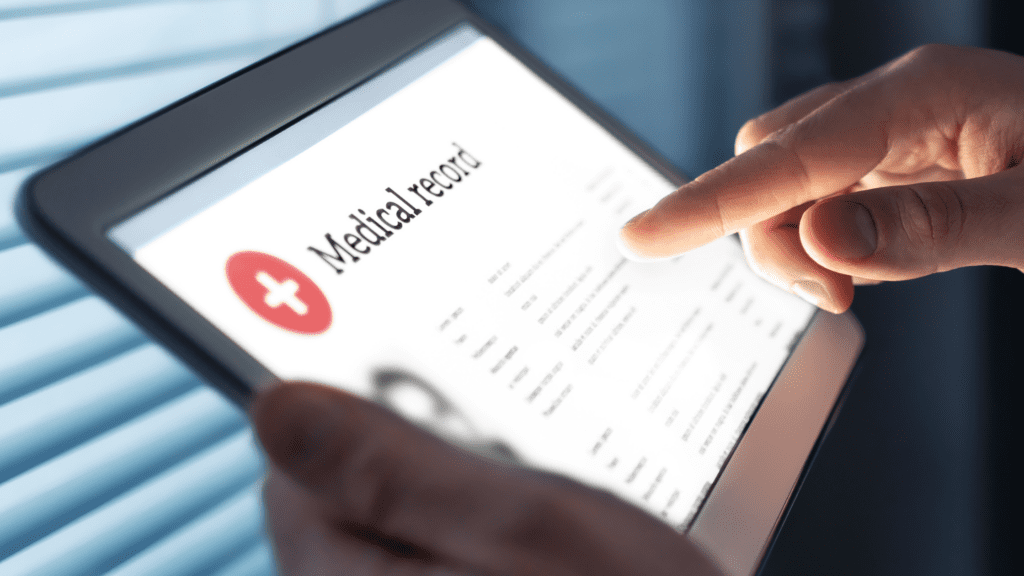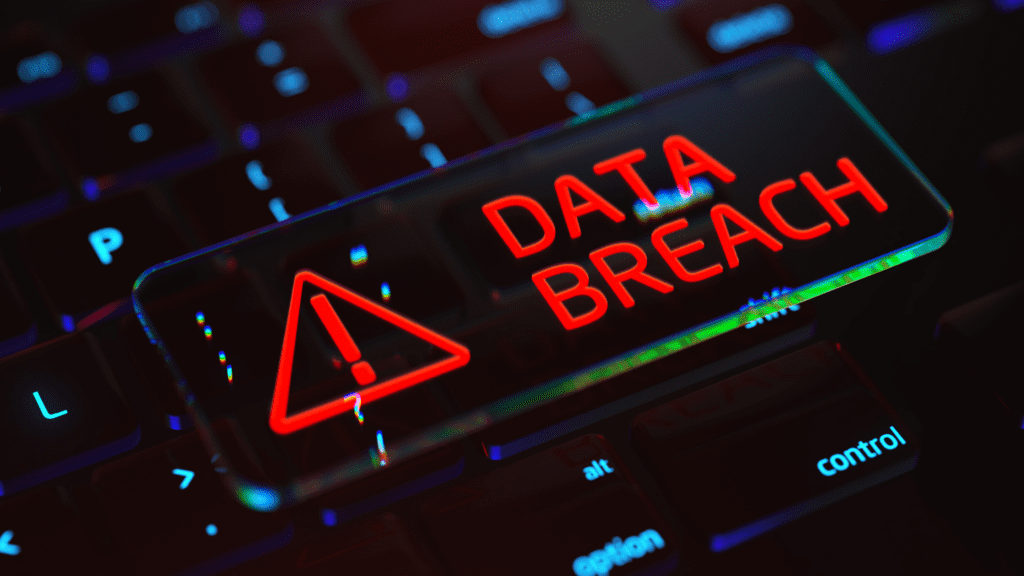Top Reasons Why Cybersecurity Is Important in Our Digital World
Cybersecurity plays a crucial role in protecting data from being lost or stolen. This data ranges from private information and protected health information (PHI) to personally identifiable information (PII), intellectual property, and critical tools used by businesses and governments. A lack of a robust cybersecurity plan makes your organization a prime target for cybercriminals. Right Hand Technology Group ensures you are fully protected against such threats, especially from hackers who frequently target businesses lacking strong defenses.
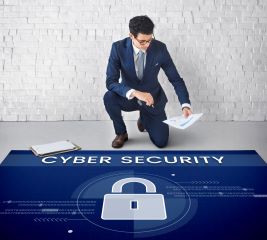
In our interconnected world, cybersecurity is key to defending against online threats and preventing unauthorized access. Maintaining the privacy of personal and sensitive data, protecting intellectual property rights, and ensuring the integrity of information systems are all reliant on effective cybersecurity. Attacks, often involving malware like ransomware, threaten these crucial elements. Therefore, fortifying our digital environment involves implementing network security best practices, firewall protections, and proactive measures against hackers.
Related Topic: 10 Ways To Educate Your Team On Cybersecurity Best Practices
What Is Cybersecurity?
According to the Cybersecurity and Infrastructure Security Agency (CISA), cybersecurity involves protecting networks, devices, and data from unauthorized access or theft by third parties or criminals. It ensures the confidentiality, integrity, and availability of data, reducing the risk of hacking and defending against various cyber threats from app development to cloud storage services.
Cybersecurity safeguards are now essential across all sectors, emphasizing the need for comprehensive understanding and strong policies. Companies of all sizes must establish secure digital ecosystems and protect themselves from cyber threats through these critical practices.
Related Topic: How to Protect Your Computer Network from Viruses and Attacks
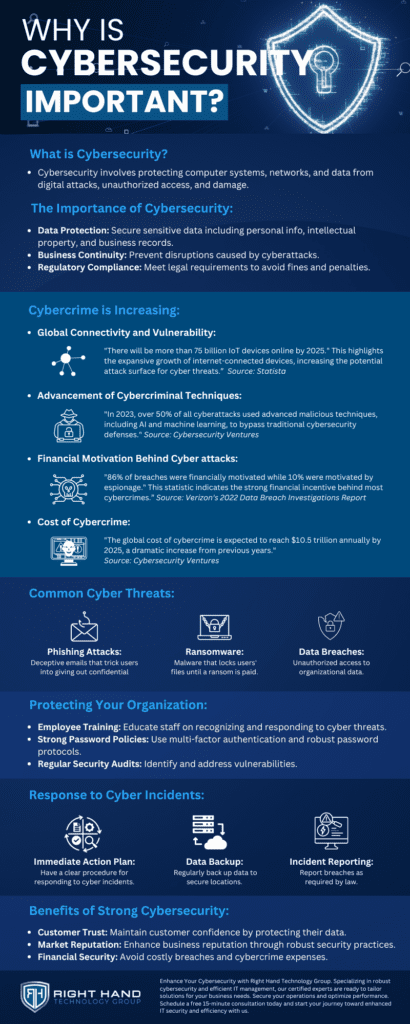
Why is there an increase in cybercrime?
Cybercrime is growing exponentially, driven by the lucrative business of stealing sensitive information. As such, the need for robust cybersecurity measures is more urgent than ever as both cloud security and digital assets are increasingly targeted. Cybercriminals not only steal identities but also seek to disrupt the data integrity within organizations and governments, potentially causing internal chaos. Their methods are constantly evolving, requiring equally dynamic defensive strategies.
The increase in remote work has expanded potential vulnerabilities, making endpoint security and strict policies more important. The human factor, demonstrated in ransomware and phishing attacks, shows the need for ongoing cybersecurity education and awareness. Additionally, the leniency in security standards among third-party vendors highlights the importance of vendor risk management as a top priority in cybersecurity strategy.
Related Topic: Why Cybersecurity Should Be a Core Part of Your Business Strategy
Different Types of Cybersecurity
Cybersecurity is a multifaceted shield essential in our digital era, designed to protect personal information, organizations, and national interests, and prevent cybercrime. It is crucial for:
- Personal Information Protection: Mitigating the risk of identity theft and securing financial and other sensitive data.
- Organizational Security: Defending businesses from the impacts of cyberattacks and managing data breach risks.
- National Security: Protecting government systems from cyber threats and emphasizing the protection of critical infrastructure.
- Cyber Crime Prevention: Combatting the rising rates of cybercrime and emphasizing the importance of cybersecurity in thwarting criminal activities.
Is a data breach an imminent threat for your business?
In today’s interconnected environment, any business may face a data breach. Recognizing their potential impact and developing robust defenses are crucial for safeguarding digital assets and sensitive information from cybercriminals. Effective computer system management, application security, and comprehensive cybersecurity education can greatly reduce risks, protecting digital assets in an evolving business landscape threatened by cybercrime.
Related Topic: How To Protect and Secure Customer Data?
Final Thoughts:
Recognizing the significance of security is absolutely crucial in today’s digital era. Individuals and businesses must implement stringent cybersecurity measures in order to safeguard digital assets and confidential data against unwelcome access from individuals who shouldn’t have it. Cyber threats constantly evolve, posing new dangers that necessitate immediate investment; investing is not only smart, it’s necessary.
Right Hand Technology Group stands ready to assist your efforts and accelerate progress on the journey toward adequacy. Accept our challenge: prioritize, enhance security policies, and promote its importance to protect our digital future together.
FAQ’s about Cybersecurity
- Why is investing in cybersecurity measures critical for businesses today? Investing in cybersecurity is vital as cyber threats become harder to detect and more common. Without proper security measures, businesses risk financial loss, reputational damage, and legal issues. Robust security keeps sensitive data secure and maintains customer trust.
- How can individuals enhance their cybersecurity awareness? Individuals can boost their awareness by keeping informed about the latest threats and learning best online safety practices. Engaging in training programs, following reputable blogs or newsletters, and practicing safe browsing are effective strategies.
- What are the first steps an organization should take after detecting a cybersecurity incident? Upon detecting an incident, an organization should immediately activate its response plan, shut down affected systems, and assess the impact. Promptly notifying all relevant parties and securing online insurance are critical steps. Consulting with experts for analysis and recovery helps ensure vulnerabilities are addressed and future breaches are prevented.





